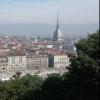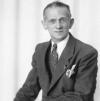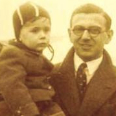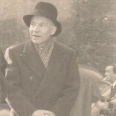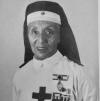Testimony inserted in the instalment published by the City Hall of Thiene (VI) on International Holocaust Remembrance Day, for the teachers of the city’s schools.
Sent by Giovanni Tessari, city councilor and secretary of ANPI, 27 January 2007
The Chilesottis from Thiene, noted for the Giacomo Chilesotti Resistance gold medal, should be given credit for another, less well-known, deed of high moral worth, namely their help in saving a Jewish teacher during the years of the republic of Salò. After 8 September, the Jews, both Italian and foreign, who lived withinthe borders of Mussolini’s republic, ran serious risks and many were deported in sealed carriages to the Nazi lagers for annihilation. The following tale is the fruit of a conversation with Mrs. Ilaria Chilesotti, daughter to Maria Elisa Vaccari and dr. Basilio, one of Giacomo’s siblings, who at the time was prisoner of the Britons in Africa.
The Chilesottis, to be precise Mrs. Maria Tomba Chilesotti, mother to Giacomo, hid professor Laura Lattes for almost one year in a flat she owned in piazzale Pontecorvo in Padua, which was used by her children during their university years. At that time, to prevent it from being filed as vacant and seized, the flat was inhabited by Maria Elisa Vaccari, then Basilio’s girlfriend, who with her presence could better protect the guest’s safety, giving Mrs. Lattes no reasons to go out and thus preventing her from being noticed by the neighbors. Maria Elisa did everything, from purchases to any other chore. After many years, her daughter Ilaria only has some flash memories of the what her mother used to tell her: once they rang the doorbell because some light filtered from a dimmed window, during the curfew, and her mother promptly justified this fact with the presence upstairs of her old mother; quite often, in the evening, the teacher’s husband Tiberio Tonolli came to see her. He came by bike from Sandrigo; during the long days spent at home professor Lattes helped our mother who, albeit having studied with the nuns’, had not yet obtained the technical diploma; she helped her in the humanistic subject matters. The long-lasting living together in the flat of the Chilesottis in Padua, lived among fear and anxiety, led Laura Lattes and Maria Elisa Vaccari to establish a deep friendship, despite their age difference.
The person who helped Laura Lattes to reach the flat in Padua was Domenico Pigato, called “the Moor”, secretary of the Fascist party of Sandrigo , a family friend of the Tonolli’s. As soon as the prefect’s telegram that ordered the arrest of all Jews arrived at Sandrigo, he ran to warn all friends and decided very quickly to get professor Lattes to leave her home. It is the very son to Mr. Pigato, dr. Leandro, then 15 years old, a vet and respected citizen of our town for many years, to tell about the mission that was assigned to him by his father: to take the teacher, early in the morning, passing from side roads, with the family’s “timonella” coach (a light 4-wheeled coach) to the train station of Carmignano di Brenta. Most probably she reached Padua by train.
Here we find a connection with the testimony by professor Giovanna Dalla Pozza Peruffo, whose family was closely friends to the Tonollis. As to what she knows, the Chilesottis, with the mediation of a private teacher, made everything possible to find a new shelter to Mrs. Lattes when, at the end of 1944, the Padua flat did not seem safe anymore. In facts they managed to have the lady welcomed in Venezia in a nun institution. The nuns kept her hidden among them, wearing the order’s dress, until the Liberation.
Some information that can help explain things better come from Mrs. Teresa Ranzolin Chilesotti, wife to Pietro, Giacomo’s brother. The reason why professor Lattes was resettled away from the Padua flat, which was situated in the palace of countess Manzoni, to Venice, could have been decided because Giacomo Chilesotti, on whom a big tally had been placed by the Nazifascists, was worried they might search for him also there, exposing their guest to the risk of being arrested. Moreover, the connection that opened for her the doors of the religious institution in Venice and enabled professor Lattes to find a safe hideout until the end of the war, could have been Sister Agape of the Congregation of the Dorothee nuns. Her family name was Carretta and when she was young, as she was a young elementary teacher, she had been a private tutor to the young Ranzolin girls.
This is a brief profile of professor Lattes. Laura Lattes, born in Venice in 1883, had moved to Vicenza where she had obtain a teachers’ diploma and had made profound friends that would accompany her for all her life. In 1914 she graduated in Italian Literature in Florence and after teaching in several Italian towns, in 1934 she had gotten back to Vicenza, as she had won a teaching post at the “Don G. Fogazzaro” Teachers’ Training School. In 1938 she was ousted from teaching, like all Italian Jews, following the racist (so called “racial”) laws, and compelled to teach at the “scoletta ebraica” of Padua to pupils that had been expelled from public schools. The teacher was married to pianist Tiberio Tonolli from Sandrigo, a non-Jew. A little curiosity is told by Mrs. Dalla Pozza when she remembers professor Lattes never called her husband by name, but always affectionately as “maestro”. In 1947 Laura Lattes began again to teach in Vicenza until 1950, the year of her retirement. Her life was totally devoted to teaching; she wrote several educational texts for schools. She died in Vicenza in 1978. Although she was born in Venice, Laura Lattes was a full title citizen of Vicenza, which had adopted her and she had elected as her home town, and her works aa a writer, mostly of children’s literature, are kept in the Biblioteca Civica Bertoliana.
The tale by Ilaria Chilesotti ends with an anecdote that our mother loved repeating often: during the air alarms, the two women for obvious reasons preferred avoiding going downstairs to the refuge and they remained at home, maybe placing themselves in the space between the doors, protected by the lintel, as suggested by uncle Giacomo, who was an engineer. The thing had been noticed by a neighbor who congratulated them for their courage and daring attitude. Professor Lattes answered in a sigh that it was not about courage. At the end of the war the dear neighbor, when learned about the identity of the lady, understood what she meant by saying that courage had little do do with this!
The meetings with Ilaria Chilesotti, dr. Leandro Pigato, Teresa Ranzolin Chilesotti and the talk with prof. Giovanna Dalla Pozza Peruffo took place in November 2006


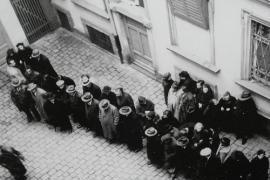

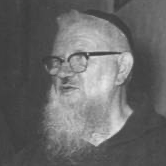















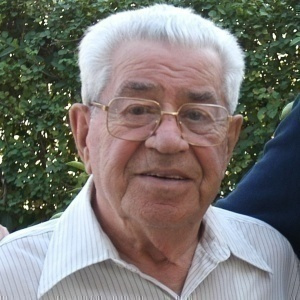

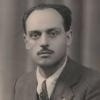
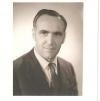



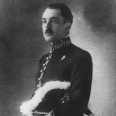




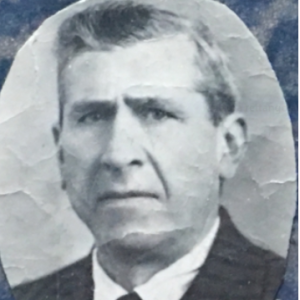


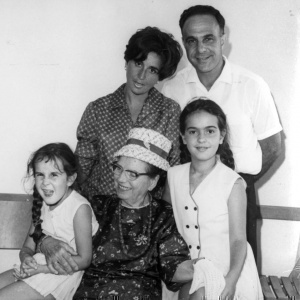



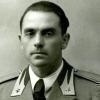



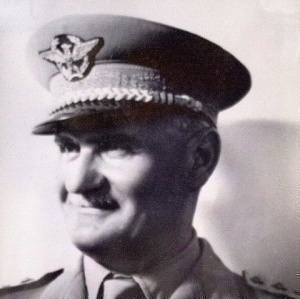
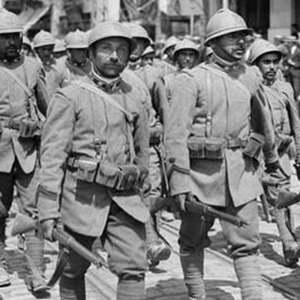


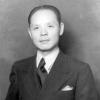

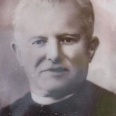
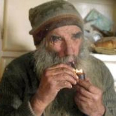


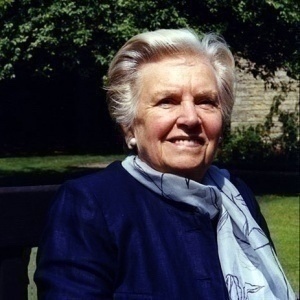




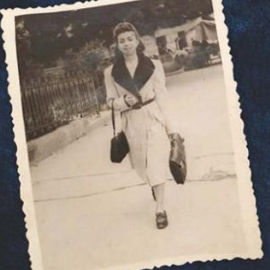

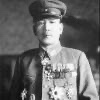





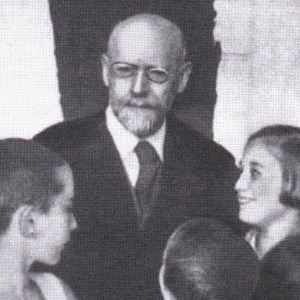

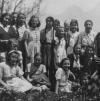




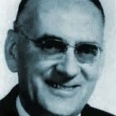

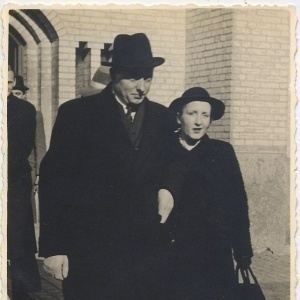

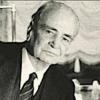

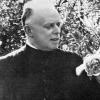

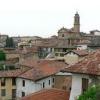



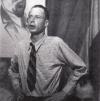


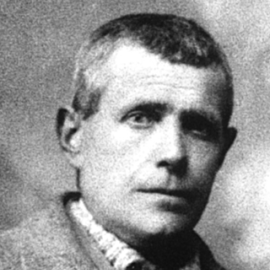
.jpg)
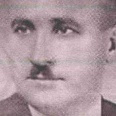

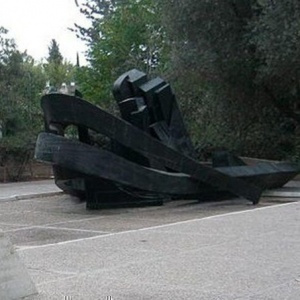
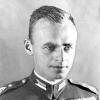

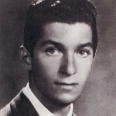

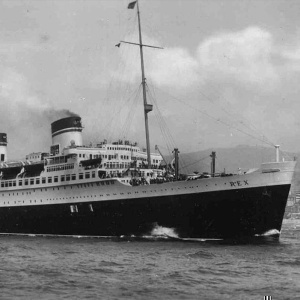

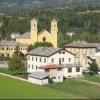
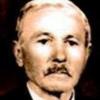
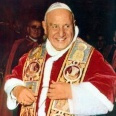
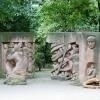


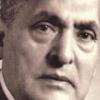





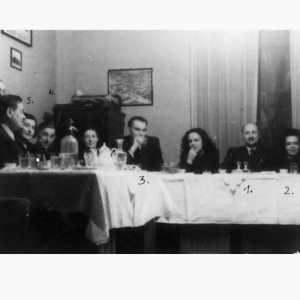

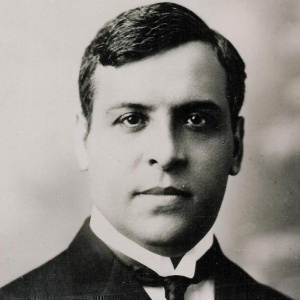







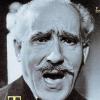
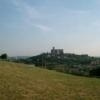
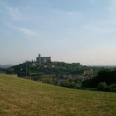
.jpeg)



